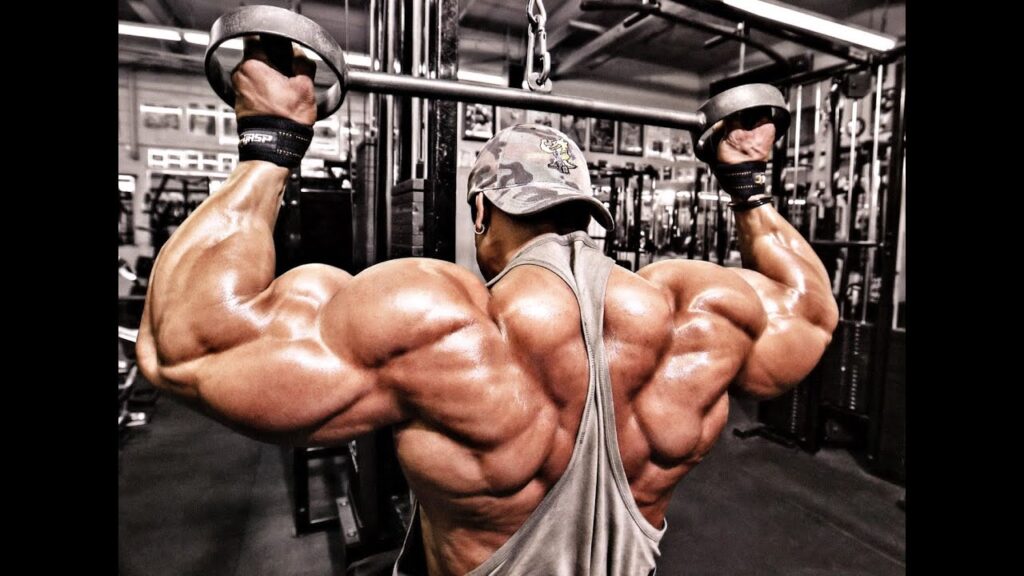When I first started training back in 1985, the first thing I got was a pair of gloves. I soon found out how important they were the day I forgot them. The next thing was a belt. It was just a plain hand-me-down belt and it was stained with the sweat of another person. But I loved that thing because it meant I was serious about training.
We all think we’re big time when we first start training. We have all the enthusiasm in the world, but don’t yet have the strength and development to back it up. That’s when training aids are so important.
First off, the basics:
Straps
Wrist wraps
Belt
Gloves
That’s the bear minimum.
But now, there are so many options for training aids in the gym, there’s no excuse not to have a bagful.
First let’s talk about why it’s important to have training aids at the ready whenever you go to the gym. I personally carry a bag of tools that I can use in case I need them. Aids are important because they can give you that extra push, protect you from injury, give you options in how to train faster, smarter, better.
Also, if you go to other gyms, you can’t count on that gym having what yours does. I bring sheepskin lined ankle cuffs, I bring all the basics, and I bring some attachments too, as well as more specialized basics, like collars for the ends of weight bars to lock plates on for safety, and some rubber add-on weights that fit around a lifting bar. But having things that give exercises a different twist are also good. I’ll get to those in a minute and tell you where you can buy some of this stuff.
It’s great to have your own attachments because then you don’t have to wait for someone to finish. I like triangles, two handles, and a short bar, in my bag, because I want to ensure that I have what I need.
Some of the more specialized pieces that are either new and cutting edge or essential are these:
Dip Belt – This isn’t new, but you should keep one handy. Many gyms don’t even have one. You can hook a plate or balance a dumbbell in one of these and increase your chinning weight or add weight to calf raises – something not a lot of people do with dip belts.
Wrist Straps with Hooks – You may have wrist straps, but this is a strap with a hook attached, so you can place the bar into the hook for pulling exercises. The hook is reinforced with metal that is sew into the wrap. It’s a great tool and fairly new. They take the place of straps, and double as straps and wraps for extra support and don’t rely on your grip, which may not be good by workout end.
Weight Belts w/ weight canisters attached – This isn’t a weight belt you use to do bigger squats, this is a weight belt that is, well, weighted. This is great for speed, endurance and explosivity training for other sports. For jump training – if you are a box jumper.
Jump Soles – This is a very new kind of training aid, again for proprioceptive training and balance – which is crucial if you are in the gym training for another sport as well as just lifting. They are half soles, or they have a half ball attached to the bottom of the ball of the foot, and don’t allow flat walking. Some people actually lift in them, doing things like light squats, etc.. to improve balance and prevent injuries. Injuries to joints are often in relation to imbalances that can be corrected with products like this.
Chalk Bags – Carry a chalk bag with you. Very few gyms have them and it’s a great way if you don’t use gloves, to ensure your grips is strong and true.
Manta-Ray Squat assist – protects your upper back from chafing and brusing. It’s a silicone gel pad you place on your upper traps and the large bone at the top of your spine.

